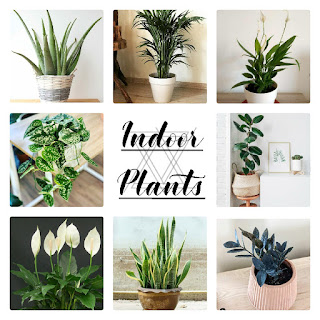
Many of us bring plants from our local Nursery but fail to grow them healthy and bushy as we do not understand what exactly the problem is and what went wrong. Do you ever realize why your plants die after 5 to 6 months? Do you know what is the best potting soil for your plants, seedlings, and succulents?
If you love gardening and planting various kinds of plants in your lawn or garden, you absolutely must know about the soil that is best for your plants. In this blog, we shall be discussing Clay soil and its properties, why it is important to choose the right potting mixture, and how you can choose it.
If you love gardening and planting various kinds of plants in your lawn or garden, you absolutely must know about the soil that is best for your plants. In this blog, we shall be discussing Clay soil and its properties, why it is important to choose the right potting mixture, and how you can choose it.
What is Clay Soil?
Clay soil is the normal nutrient-rich available soil on the grounds that has very fine particles. Nursery people generally grow plants in clay soil due to cost-cutting, but they know how to care for them. We when generally bring these plants to our house, kill them after 5 to 6 months. Do you know why?? Do you know why clay soil is not so good for your plants??
Properties of Clay Soil:
- Fine particles: Clay soil has very fine particles that stick to each other when given water, which causes suffocation of roots if not properly cared.
- Drainage: Clay soil does not allow water to pass through easily, due to which water-logging happen and ultimately root rot kill the plants.
- Soil hardening: When not water continuously the soil becomes very hard like a rock. Plants with tender roots might die in this hard soil.
- No aeration: Clay soil particles are too fine which does not allow air to pass through and all plants need proper airflow to grow well.
- Ability to hold salts: Holding nutrients is fine, but holding salts for the long run might kill the plant.

But that does not mean clay soil is bad and we cannot grow plants in it. Clay soil works for some plants but not for all the plants. Proper loamy soil is what needed for plants to grow healthy.
Best/Universal potting soil for all plants:
35% Clay Soil + 30% Sand/Cocopeat + 30% Compost + 5% (Leaf Mold/ NeemCake/ Bone meal/ Fertilizer). This potting mixture is suitable for all types of indoor and outdoor plants, but not succulents. This mixture gives a structure to your plants with all qualities like aeration, drainage, nutrients holding and releasing capacity, no soil hardening, etc.
Thanks for reading!!
Liked It?? Comment Below and Follow us.
Love TheDreamDecorStore







